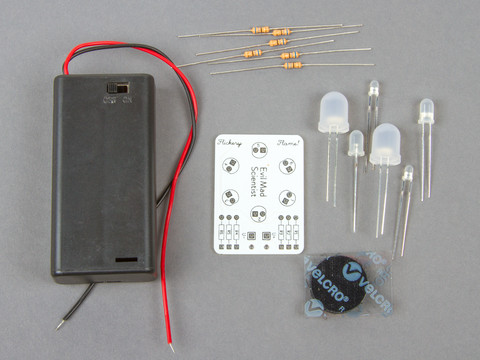
Hide tutorial tip during transitions to prevent flickering. * with tutorialTip dynamic position style values * Method for tutorial tip to dynamically set position based on state. Its most commonly use is in responsive design, where it’s a way to tell browsers to change the display of website elements when above or below a certain screen size. That means CSS markup that the browser will only render if certain conditions are met. We’ve named these function methods getStyles and setStyles. Media queries are basically a way to write conditional CSS. Setting styles dynamically in relation to where the parent element is on the screen and getting those set styles to render the position of the tip. The component has two core functions around dynamic positioning. The component needs to be aware of viewport size so it can hold on to its dynamically generated positioning any time the screen size changes. This is because the user can shrink or expand their viewport past or less than the 1024px threshold which changes our grid to fluid or fixed position. Thinking about that requirement we need a class component that can hold its own state, not a stateless functional component. We need the component to know where it is at all times.

querying an element on Using a Stateful Component to store positioning

getClientRects() it’ll return an object of values with the position, height and width of that element in relation to the viewport of the browser. If you query an element on the DOM and call. Element.getClientRects()įirst things first, we need to know where the parent element is on the page before we can do anything with it. Here’s a video of the final component styles changing.Īnd the component moving with the viewport resize. The solution needed to be a single set of metadata and a component that knew where it was so it could change its positioning on the fly. This meant that media queries couldn’t solve this problem because media queries would be overridden by css with higher specificity. The tutorial metadata is applied directly in inline styles of the component which has the highest css specificity. If the tip was positioned correctly in the fixed grid it would be off when the grid snapped to a fluid view.
FLICKERY MEDIA QUERIES CODE
Now, the time has come to take a look at the code snippet. For example, we can read the MediaQueryData.size property from the MediaQueryData returned by MediaQuery.of function and adjusts our Flutter app’s size accordingly. We wanted our tutorial tips to be 20px away from their parent element and there wasn’t a way to do this with just css. Actually, the MediaQuery establishes a Widget sub-tree in which media queries resolve to the given data. The grid snaps at 1024px from a fixed to a fluid grid. Only as a last resort should we manipulate the DOM directly as well as change state during a render. When we need to we should use the ref property. We shouldn’t directly manipulate the DOM unless we have a really good reason to. If you prefer, you can watch the video version below: What is a Media Query?Ī Media query is a CSS3 feature that makes a webpage adapt its layout to different screen sizes and media types.While React has ways to break the hatch and directly manipulate the DOM there are very few reasons to do this.
FLICKERY MEDIA QUERIES HOW TO
In this article, we are going to take a closer look at Media Queries and how to use them in CSS. And CSS Media Queries are one of the most important parts of Responsive Design. It uses the media rule to include a block of CSS properties only if a certain condition is true. Making a website with an adaptable layout is called Responsive Web Design. Media query is a CSS technique introduced in CSS3.


2565 Like social media platforms, Telegram also allows users to create a. Today a website’s layout should adapt itself not only to computers, but also tablets, mobile devices, and even TVs. current inline queries feature functions more like a decorative element. In the past, building a website was much simpler. Las media queries se introdujeron en las especificaciones de CSS3, y hoy en día, prácticamente todos los navegadores las soportan.


 0 kommentar(er)
0 kommentar(er)
